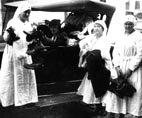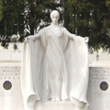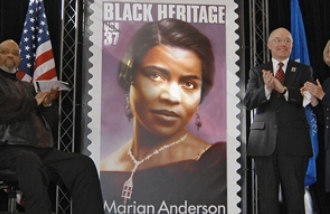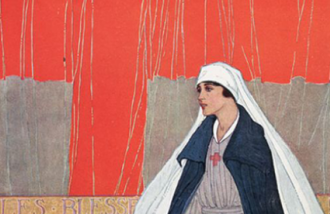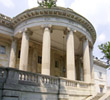A Grand Spectacle
Soaring knifelike toward the heavens, the enigmatic Teton Range anchors Grand Teton National Park.
By Kim Hill
Legend has it that the Teton Range of mountains was named by 19th-century French-speaking trappers, who called the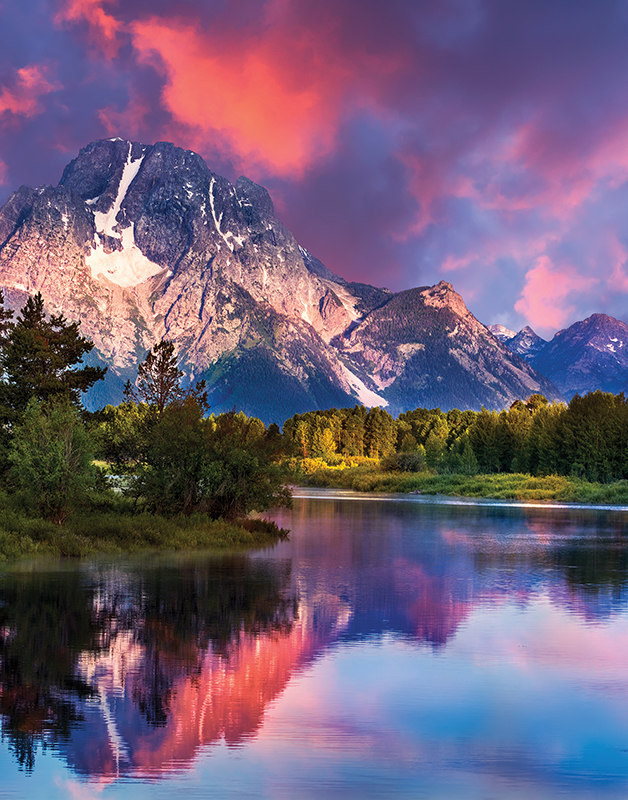 highest peaks “les trois tétons” (the three teats), a phrase later shortened to Tetons. The tallest peak, Grand Teton, lends its name to Wyoming’s Grand Teton National Park (GTNP), home of dramatic mountains, alpine lakes and waterways, and thick forests.
highest peaks “les trois tétons” (the three teats), a phrase later shortened to Tetons. The tallest peak, Grand Teton, lends its name to Wyoming’s Grand Teton National Park (GTNP), home of dramatic mountains, alpine lakes and waterways, and thick forests.
Compared with other mountain ranges in the United States, the Tetons are geologically young. Geological upheaval, retreating glaciers and erosion caused them to rise like knives about 10 million years ago. The striking views of the Tetons from the east are possible because they rise so sharply and because no significant foothills or lower peaks obscure the view.
At more than 13,000 feet, Grand Teton, part of the Cathedral Group of mountains, is the tallest mountain in the Teton Range. As the glaciers retreated, moraines acted as natural dams, forming lakes at the Cathedral Group’s base.
Humans Struggle in and for the Landscape
Evidence of human habitation in the region dates back at least 11,000 years. The Blackfeet, Gros Ventre and Shoshone are among the tribes who spent summers here before heading to warmer climates in winter. Explorers and trappers, such as David E. Jackson, arrived in the 1820s; the valley of Jackson Hole, Jackson Lake and the nearby town of Jackson are named after him. The climate and soil made ranching and farming difficult. Homesteaders realized their best hope for success lay in marketing the area’s magnificent landscape. Dude ranches began appearing in the early 20th century.
In 1897, Colonel S.B.M. Young, the acting superintendent of Yellowstone National Park, proposed expanding Yellowstone’s boundaries to include part of northern Jackson Hole to protect migrating elk herds. In 1898, Charles D. Walcott, the head of the U.S. Geological Survey, suggested that the Teton Range also be included, but the Department of the Interior and Congress ignored these suggestions.
In 1916, National Park Service (NPS) director Stephen Mather and his assistant, Horace Albright, issued a report supporting proposals to include the Teton Mountains and part of Jackson Hole in Yellowstone National Park. A 1918 Congressional bill to expand Yellowstone’s boundaries faced opposition from sheep ranchers, local dude ranch operators and U.S. Forest Service personnel.
After many years, President Calvin Coolidge signed a bill establishing Grand Teton National Park in 1929, but it protected only the major peaks of the Teton Range and six lakes at the foot of the mountains. The valley of Jackson Hole remained privately owned until the 1930s. Local businesspeople and ranchers, alarmed at proposals to dam outlets of area lakes, began to realize NPS protection might be their best hope to protect natural resources. They sought to purchase private lands to create a reserve or recreation area.
John D. Rockefeller Jr., then one of the richest men in the country, had admired the land and scenery in the mid-1920s but was appalled at the shabby tourist developments. He formed the Snake River Land Company to mask his involvement in land purchases. Eventually, he spent about $1.4 million to amass 35,000 acres, intending to donate the land to the federal government. When word got out that Rockefeller was behind the acquisitions, locals protested. Bitter struggles prevailed for nearly 20 years. Finally, Rockefeller threatened to sell the land. In 1943, President Franklin D. Roosevelt used the Antiquities Act of 1906 to create the Jackson Hole National Monument. Local backlash intensified, but a compromise was finally reached. In 1950, Grand Teton National Park’s boundaries preserved about 310,000 acres, including the major peaks of the Teton Range, the upper main stem of the Snake River and much of Jackson Hole.
Things to See and Do
In 1972, Congress honored Rockefeller’s role in creating GTNP by naming a 7.5-mile corridor between Yellowstone and Grand Teton National Parks as John D. Rockefeller Jr. Memorial Parkway. In 2007, Rockefeller’s son Laurance transferred ownership of the JY Ranch, the family’s 1,106-acre summer retreat, to Grand Teton National Park. In the Laurance S. Rockefeller Preserve, little trace remains of the original ranch. Between July 2004 and May 2007, various buildings, roads and other structures were removed to restore the land and create new trails. Today, an 8-mile network of trails through forests and wetlands helps promote an intimate experience for visitors. The Preserve Center is the first platinum-level, LEED-certified building constructed in a national park.
Hiking opportunities are plentiful throughout the park, with over 250 miles of trails. In the Tetons’ short summer, wildflowers carpet the valley floor. Grand Teton National Park’s alpine lakes and the Snake River afford many boating, fishing and paddling opportunities. Grand Teton abounds with wildlife, including both black and grizzly bears, moose, elk, bison, eagles, and osprey. Stunning views of the Tetons are possible along several scenic drives.
Protection for an Untamed Land
Craggy and untamed, with an enigmatic allure, the Tetons claim a stunning mountain skyline nearly unrivaled in other national parks. In the words of the NPS, the Teton Range “stands as a monument to the people who fought to protect it.”
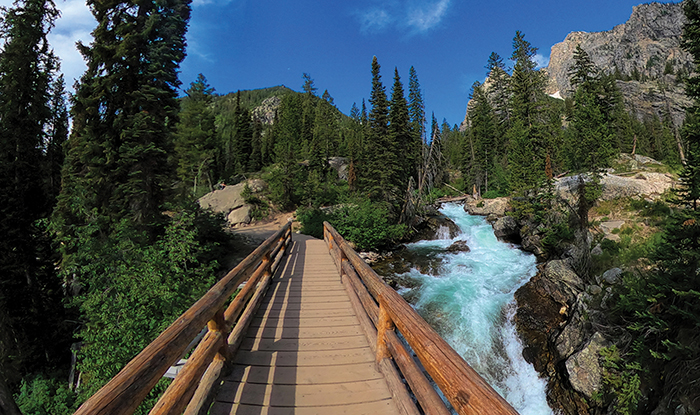 The Rockefeller Family’s Contributions to Our National Parks
The Rockefeller Family’s Contributions to Our National Parks
Grand Teton is not the only national park benefiting from the Rockefeller family’s generosity and foresight. John D. Rockefeller Jr. donated 2,700 acres to expand the boundaries of Acadia National Park in Maine, financing and engineering an extensive network designed for horse-drawn carriages, not cars. Personal vehicles are still prohibited on the carriage roads, which today’s visitors explore by biking or hiking. Rockefeller funded a study to explore creating a national park in the southern Appalachian Mountains; this study enabled Shenandoah and Great Smoky Mountains National Parks. In addition, Rockefeller donated $5 million to purchase private lands to create the Great Smoky Mountains National Park through the Laura Spelman Rockefeller Memorial, named for his mother.
After trips to Yellowstone National Park, Rockefeller donated funds to help clear and improve roads, and he formulated plans to expand Yellowstone with land purchases (this acreage later became Grand Teton National Park). He also provided funding to save 15,000 acres of forest adjacent to Yosemite National Park and financed the construction of museums at Yellowstone, Grand Canyon and Mesa Verde National Parks.
One of Rockefeller’s six children, Laurance S. Rockefeller, was particularly enthralled with natural conservation. He donated the family’s JY Ranch property in Wyoming, which became the Laurance S. Rockefeller Preserve in Grand Teton National Park. In the Caribbean, American officials had ideas for a national park in the U.S. Virgin Islands in the 1930s. Enchanted by a visit to St. John, Laurance donated about 5,000 acres to the Virgin Islands National Park, which was established in 1956.


